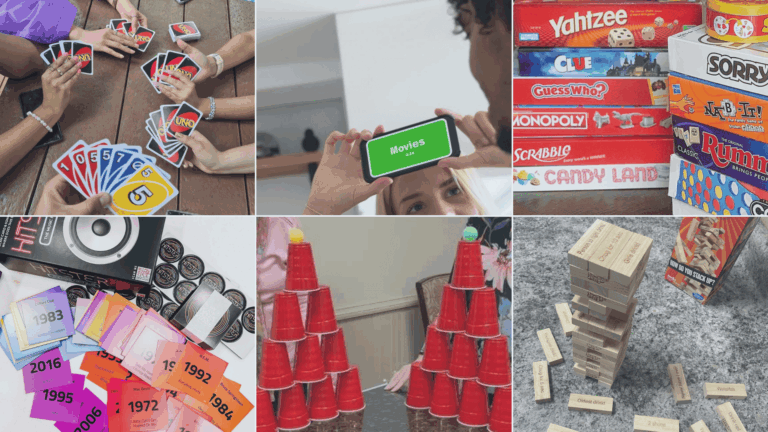Many students and teachers find themselves confused when trying to tell diphthongs and digraphs apart. These two language concepts sound similar and both involve letter combinations, making it easy to mix them up.
This blog will clear up the confusion by explaining the key differences between diphthong vs digraph.
Readers will learn simple ways to identify each one, understand how they work in words, and get practical tips to remember which is which.
Diphthong vs Digraph: What is the Difference?
The main difference lies in what each term describes. A diphthong refers to a sound, while a digraph refers to letters. This distinction makes understanding diphthong vs digraph much easier once people grasp this basic concept.
Diphthongs focus on sounds:
- They combine two vowel sounds in one syllable
- The sound glides from one vowel to another
- Examples include the “oi” sound in “coin” and “au” sound in “house”
Digraphs focus on letters:
- They use two letters to make one sound
- Both consonants and vowels can form digraphs
- Examples include “ch” in “chair” and “ea” in “bread”
Example:
Think of it this way: diphthongs are about what people hear, while digraphs are about what people see on paper. A word can have both at the same time. For instance, “house” contains the diphthong sound “au” and uses the digraph letters “ou” to represent it.
Tips for Learning Diphthongs and Digraphs

Learning these language concepts becomes easier with the right approach. Students often struggle with diphthong vs digraph identification, but specific strategies can make the process much simpler.
These practical tips help build confidence and understanding:
1. Listen first, look second: Start by focusing on the sounds in words before examining the spelling. Say “boy” out loud and notice how the sound glides from “o” to “y.” This helps train the ear to recognize diphthongs naturally.
2. Use the hand test: Place a hand under the chin while saying words with diphthongs. The jaw moves as the sound changes from one vowel to another. Try this with “night” and feel the movement from “ah” to “ee.”
3. Create sound groups: Group words with similar diphthong sounds together. Put “day,” “play,” and “rain” in one category since they all contain the same gliding sound pattern.
4. Practice with minimal pairs: Compare words like “ship” and “sip” to understand how digraphs work. The “sh” creates one sound using two letters, while “s” makes just one sound with one letter.
5. Build visual memory: Make flashcards showing common digraph patterns like “th,” “ph,” and “ch.” Seeing these combinations repeatedly helps the brain recognize them faster in reading.
6. Connect to familiar words: Link new examples to words students already know. If they understand “phone” uses “ph” for the “f” sound, they can apply this knowledge to “elephant” and “graph.”
Essential Diphthongs and Digraph Examples to Know
Understanding the building blocks of phonics begins with clear examples. Readers can find a curated set of examples that showcase both categories.
Common Digraph Examples in Everyday Words

1. ch– chip, cheese, chair, chain, child
2. sh– ship, shoe, sheep, shell, shop
3. th– thin, thick, thumb, thorn, thunder
4. wh – wheel, whale, whistle, whisper, white
5. ph– photo, phone, phonics, phase, trophy
6. kn– knee, knot, knife, knob, knit
7. wr– write, wrong, wrist, wreck, wrinkle
8. ck– duck, back, clock, snack, neck
9. ng– ring, song, long, wing, strong
10. qu– queen, quick, quilt, quiz, quack
11. tch– match, catch, hatch, witch, scratch
12. gh– ghost, ghastly, ghetto, spaghetti, ghoul
13. sc– scent, scene, science, scissors, scenic
14. mb– comb, lamb, bomb, thumb, climb
Well-Known Diphthong Examples in English

15. ai– rain, train, snail, paint, tail
16. oi– coin, point, join, voice, soil
17. ou – out, shout, cloud, round, mouth
18. ow– now, cow, how, brown, flower
19. oy– boy, toy, joy, oyster, annoy
20. au– fault, autumn, cause, haul, launch
21. aw– saw, paw, draw, claw, yawn
22. ea– break, great, steak, yea, bear
23. ie– pie, tie, cried, tried, die
24. ue– blue, clue, true, due, glue
25. ew– new, few, blew, chew, crew
26. oo– moon, spoon, boot, food, zoo
27. ea– ear, fear, near, clear, year
28. oi– boil, coil, spoil, toil, recoil
29. ow– low, blow, snow, throw, below
Click here to download the free PDF of diphthongs and digraphs examples
Fun Activities to Teach Diphthongs and Digraphs
Learning vowel and consonant combinations can be a lot more engaging through hands-on activities.
These creative exercises help children understand how sounds work together in words, while keeping lessons interactive and memorable.
1. Sound Sorting Baskets
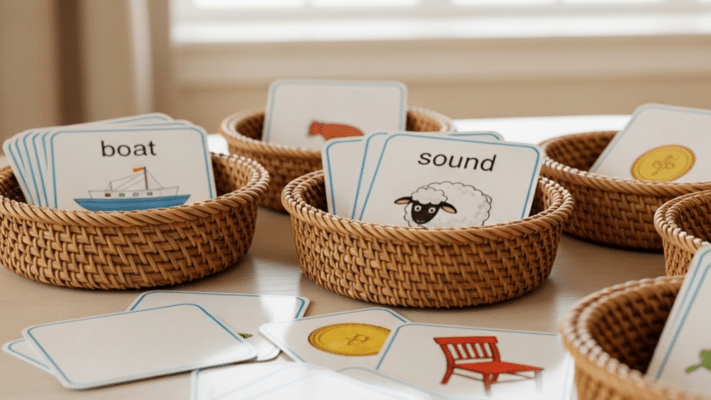
- How it works: Children are given a collection of word cards and asked to sort them into baskets labeled with different digraphs and diphthongs.
- What you’ll need: Small baskets or containers, printed word cards, and labels for each target sound.
- Learning outcome: Reinforces visual recognition and pronunciation by associating words with their correct phonetic group.
2. Interactive Word Hunt
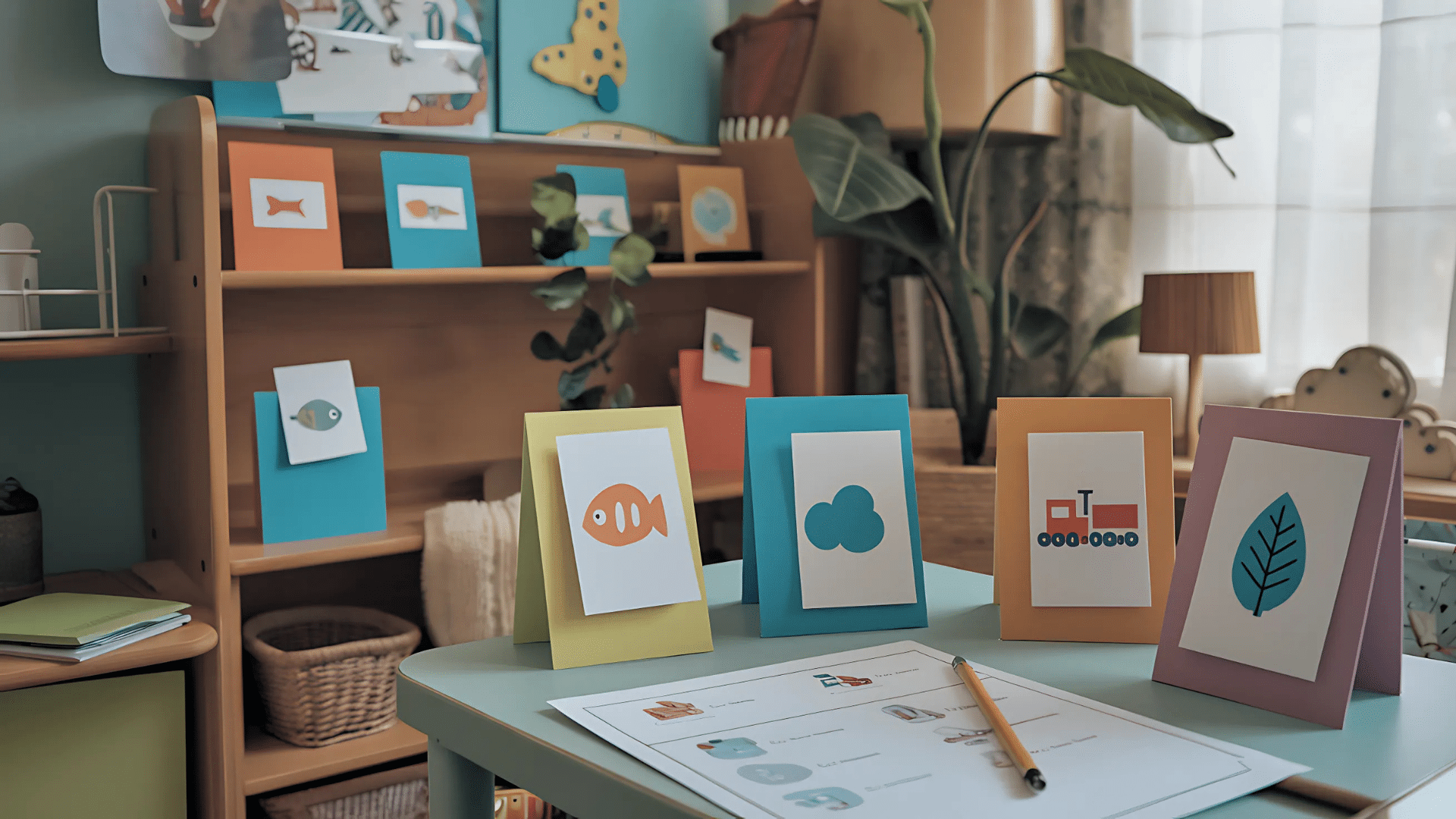
- How it works: Learners search around the classroom or home to find hidden cards with diphthong or digraph words and read them aloud.
- What you’ll need: Word cards, tape, and a checklist for students to mark what they find.
- Learning outcome: Enhances reading fluency and sound recognition through active unearthing.
3. Spin and Say Game
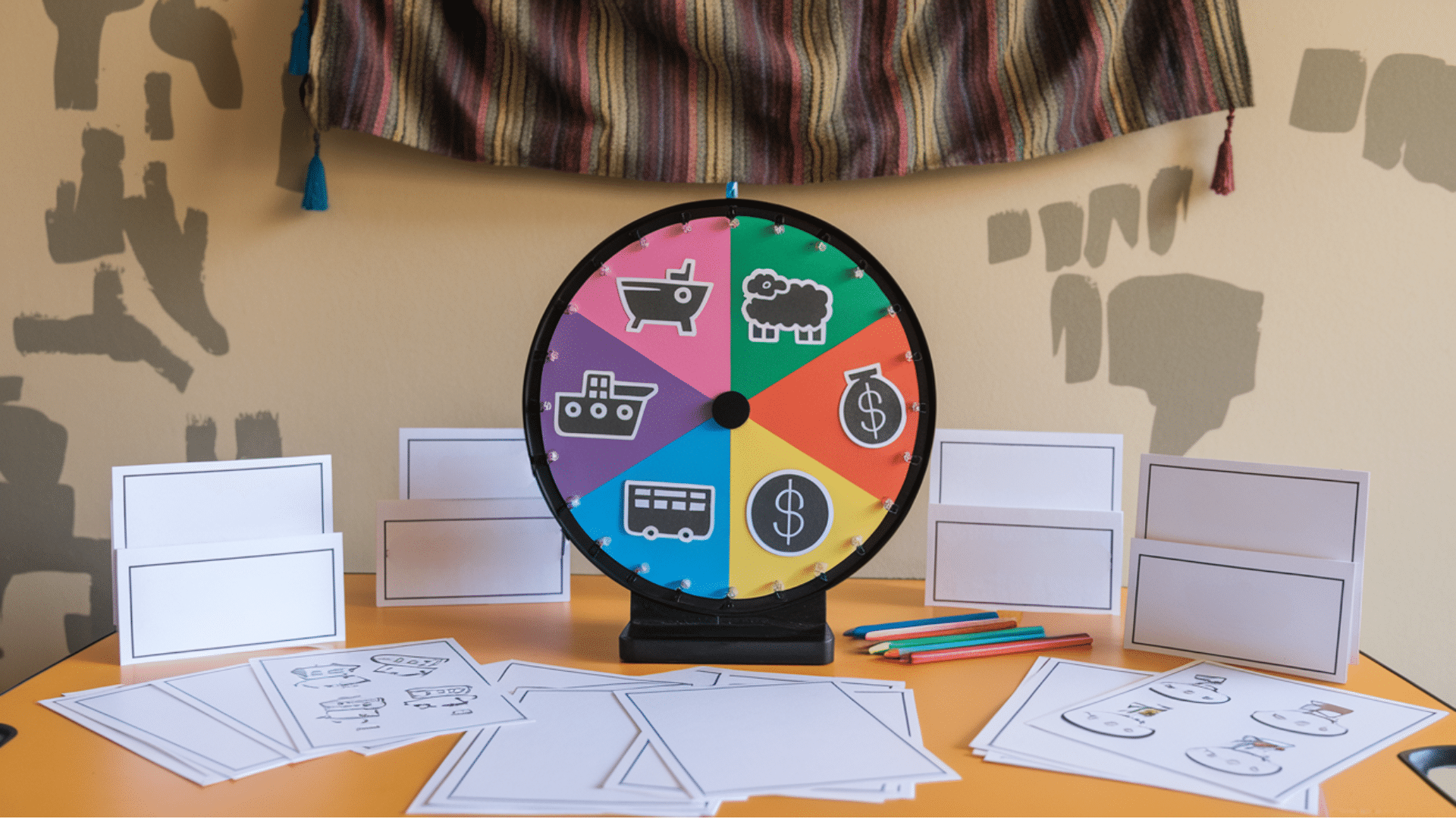
- How it works: A spinner points to a sound. Students must think of or read a word with that sound and use it in a sentence.
- What you’ll need: A spinner wheel labeled with diphthongs and digraphs, word bank sheets, and writing paper.
- Learning outcome: Builds sound-word connections and encourages contextual language use.
4. Clip Card Challenges
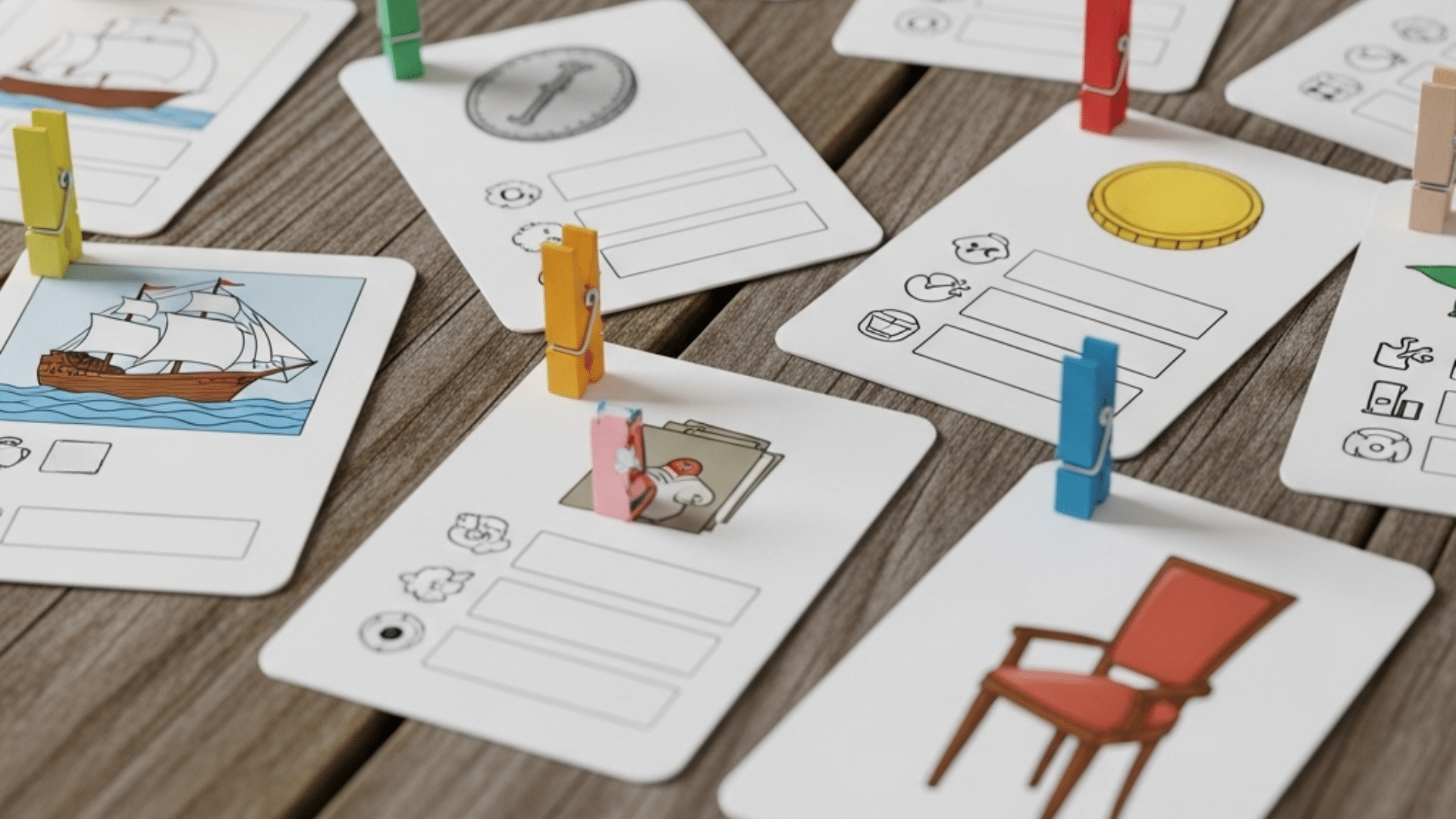
- How it works: Children match a picture to its correct spelling that includes the correct sound using clothespins.
- What you’ll need: Picture cards with multiple spelling options, clothespins for marking answers.
- Learning outcome: Promotes decoding skills and spelling accuracy through visual and tactile reinforcement.
5. Sound Craft Collage

- How it works: Students cut out pictures from magazines or draw their own illustrations to create a collage of words with a common sound.
- What you’ll need: Old magazines, scissors, glue, and large poster boards.
- Learning outcome: Boosts creativity while reinforcing sound patterns and vocabulary retention.
The Bottom Line
Understanding the core difference between sounds and letters makes mastering diphthong vs digraph concepts much simpler for learners.
Students and teachers can apply these identification methods in daily practice. Starting with listening exercises and hand tests helps build understanding.
Regular practice with these techniques strengthens language foundations and boosts confidence in reading and spelling for everyone.













